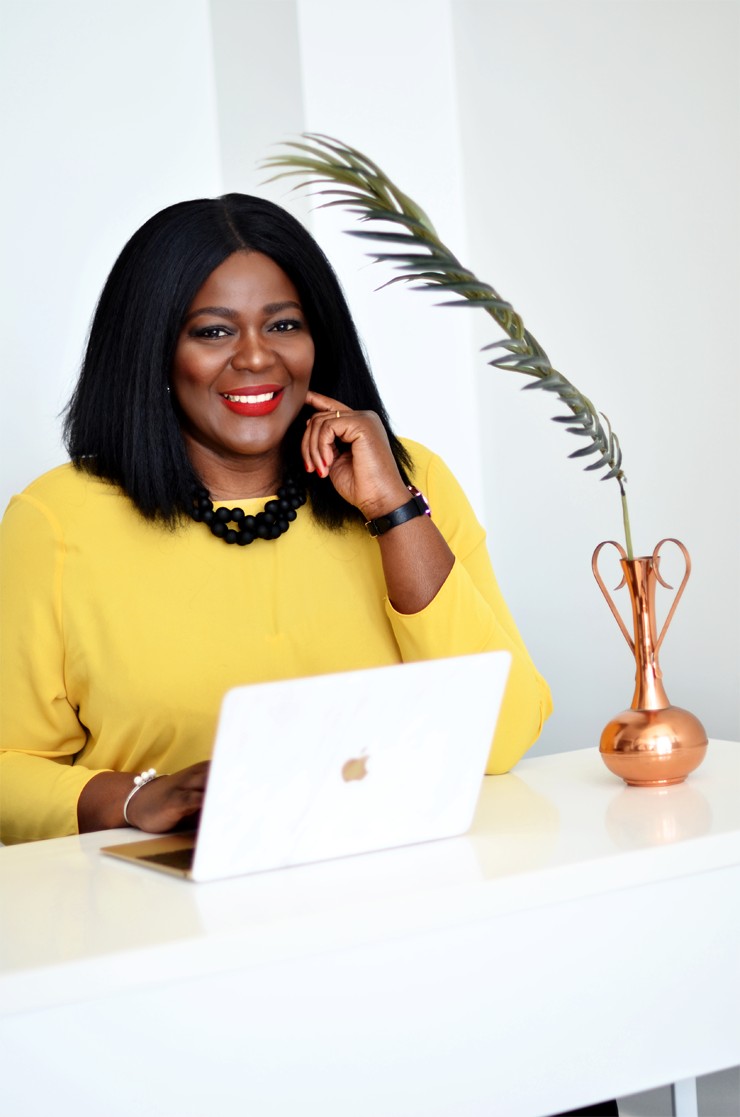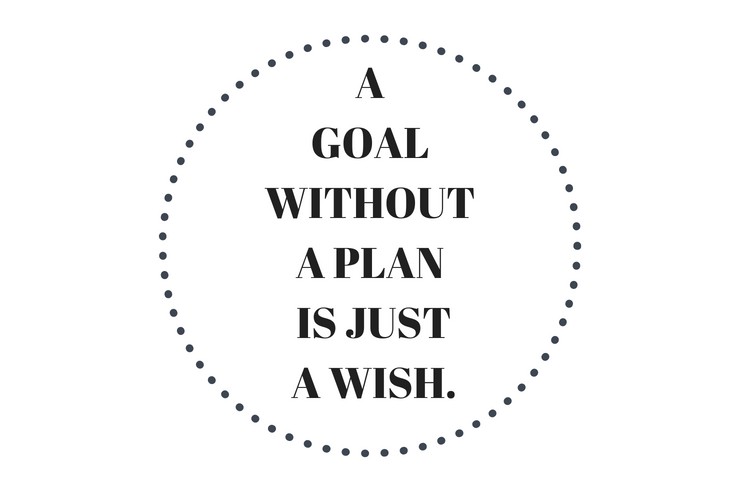
Let’s talk about finances. I know it’s not everyone’s favorite subject especially given the limited amount of financial education we get from school. Seriously, why aren’t we taught about managing our money in school? I am certainly not an expert when it comes to money but after freelancing for a certain amount of years and married to someone who checks our bank accounts at least a couple of time a day, I have learned a thing or two.
There are many aspects of money management I’d like to touch on in the future but today I want to focus on budgeting and saving. I took a poll on my Instastories to find out what you guys struggle with the most and the result indicated that most people had issues with saving. Let’s just say in order to save you must know where your money is going. Budgeting is the most important step to conquering your finances. In other words, having a plan for your money is key. It allows you to plan your year and month based on your income. I’ve always been comfortable with managing my money even before freelancing- Shocking because I don’t like playing with numbers.
I left home at the age of 18 to attend school in the US. I had zero money management skills. In fact, up until then, I never had a bank account. I’ve learned quickly that going to endless shopping trips with friends and ordering take out every night will get you broke in no time. In order to reduce the phone call of shame every month to ask my parents for some coins, I started keeping track of my money. Back then I did not use any spreadsheet or method; I just started changing my behavior. I am a self-confessed shopaholic If I was able to take control of my spendings, you can too.
5 steps to make a budget and stick to it.
 Step one: List your short and long-term goals.
Step one: List your short and long-term goals.
Everyone has different goals, some of us want to be debt free, and others want to buy a home, or travel the world. Whatever your long or short-term goals may be, list them. Note that we’re not setting anything in stones yet, just making an inventory. Here are a few highlights from our list at home:
- Paying off debt faster,
- An out of country family vacation every 3 to 4 years
- An emergency fund
- Kids college funds
- A new purse for me,
- New headphones or speakers for the hubby
Anything goes. Depending on your current financial situation and risk tolerance you may decide to prioritize building an emergency fund vs. a vacation fund.
Now, you’re also going to put a price on each of these things and figure out how much it’s going to cost you per month to achieve it. We’ve found this step to be critical for us in budgeting as it directly influences our behavior with day-to-day expenses dos and donts.
Step two: A close look at your finances
With a nice list of potential goals, on one hand, we also need to look at a way to achieving those goals. We’re going to find out what we’re spending! Sadly this didn’t come naturally to me in my younger days and I had to learn the hard way that some daily habits will hurt your dreams in a hurry and you’ll never see them doing damage without looking at the long-term effect.
If you’re doing this for the first time it’s easy but a little time consuming
First, find all the places you spend money from and look at every transaction for the last six months. Yes, I literally mean every transaction; shortcuts and pitfalls go hand in hand. You’ll want to start with your checking and saving accounts of course if you’re like most people and maintain a couple of accounts… don’t forget those bank fees (monthly charges, cost for special transactions, etc…) or you could forget about them and get some peace of mind using a product like the Manulife Bank Advantage Account which conveniently scraps all those fees and gives you the best of chequing and saving in a single account.
Second, we’re going to need to classify these monthly expenses, the easiest way to do this is to use a budget spreadsheet. The good news is that you don’t have to create one on your own, you’ll find dozens of templates using a quick Google search. They are all literally 99.9% similar, you’ll have multiple tables representing different parts of your daily life and simple calculations in there to reconcile totals between spending and your monthly earnings.
Then, all you have to do is fill in the spreadsheets for the last couple of months – that’ll give you a good idea of where your money is going and more importantly, having a visual of this is guaranteed to give you a little shock when you extrapolate some of the spendings over multiple months. I have nothing against 5$ lattes once or twice a day, as long as you realize that it’s going to cost you about 1825$ per year. How are you feeling about those numbers?
At the end of this step, you should be starting to have a good idea of where the issue is and what you may or may not be able to give up getting to those goals. This is where your budgeting habits start directly influencing your ability to save.

Step three: Realistic goals
This is my husband’s favorite stop because he gets to tell me about the cost of everything that has a monthly subscription in the house and … remind me of my old latte habits… I like to point at his silly expensive TVs and sound systems – somewhere in the middle we find a balance, it makes for some fun conversations.
With your list from step 1 in hand and your spending habits laid bare, you now have unlimited power! This is where you make the big decisions. In a nutshell, you find out how much you need to save per month to get to those goals and with that, you may find that you need to trim some of the goals because they are unrealistic or you may find that some of them are easier to achieve than you thought with small changes to your monthly spending habits.
With the budget locked down, savings become automatic. The only thing you need to do is stick to the budget and remember, that’s 90% behavior and 10% knowledge so behave! Manulife makes it easy to get it right with the Manulife Bank Advantage Account where you get the bonus of earning interest on your everyday spending.
As you go through your budgeting journey, it’s important to choose a banking product that enables you instead of getting in your way. What I really like about the Manulife Bank Advantage Account is that it simplifies your banking by giving you the flexibility of a chequing account with the interest rate of a savings account. As you set up your saving strategy, you’ll undoubtedly be thinking about moving money around so you can take advantage of the high-interest saving accounts – you no longer need to move things around with the Manulife Bank Advantage Account, as you get the high interest saving feature baked in. This is great because your money accumulates interest as soon as it enters your account vs. having to move to a separate saving account.
Step 4: Keep doing what you’re doing.
Budgeting allowed me to prioritize, track, control, and effectively manage my finances. It’s a nice feeling to have a working budgeting and saving strategy – once you have the habits down – get the right tools to help automate things, take a look at the Manulife Bank Advantage Account – it’s a product that really addresses some of the pain points of the traditional day to day banking!
Disclosure: This content was created in partnership with Manulife. All opinion are 100% my own. Thank you for supporting brands that make this blog possible!



Off The Shoulder Dress With Sleeves - My Curves And Curls
June 19, 2018 at 3:06 pm[…] still working hard to create good content for you. In fact, my next post is going to be all about budgeting and saving. Yes, it has nothing to do with fashion or beauty but it will give you a little insight into how I […]